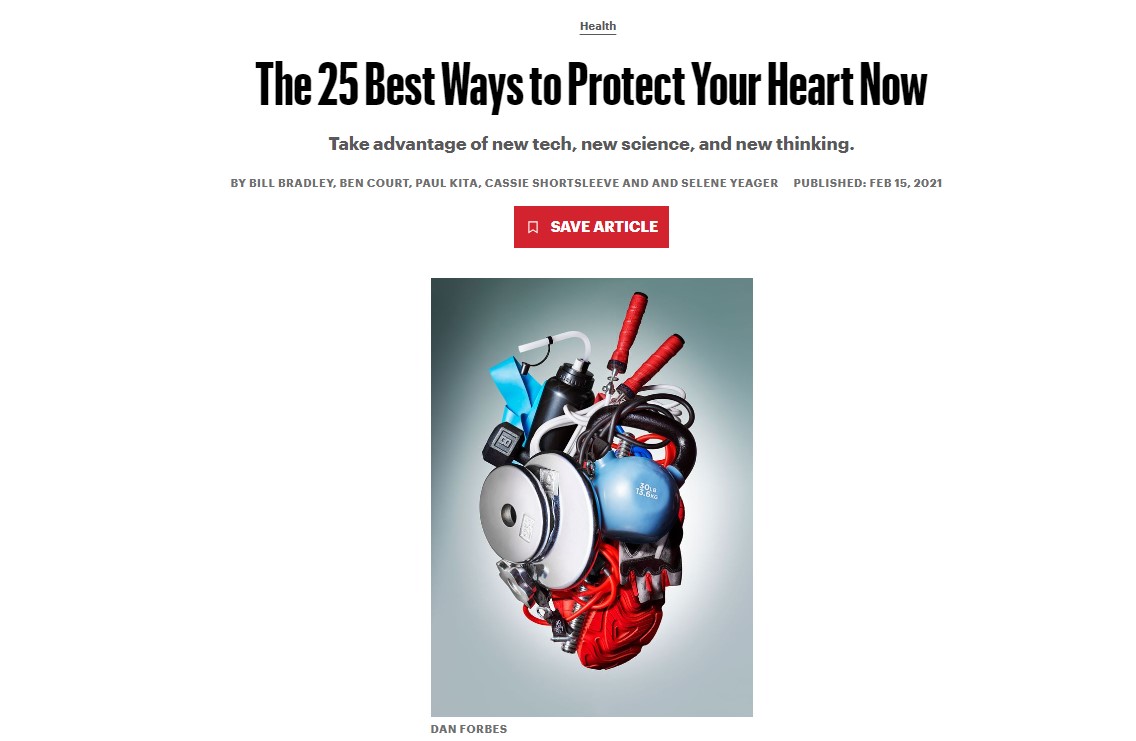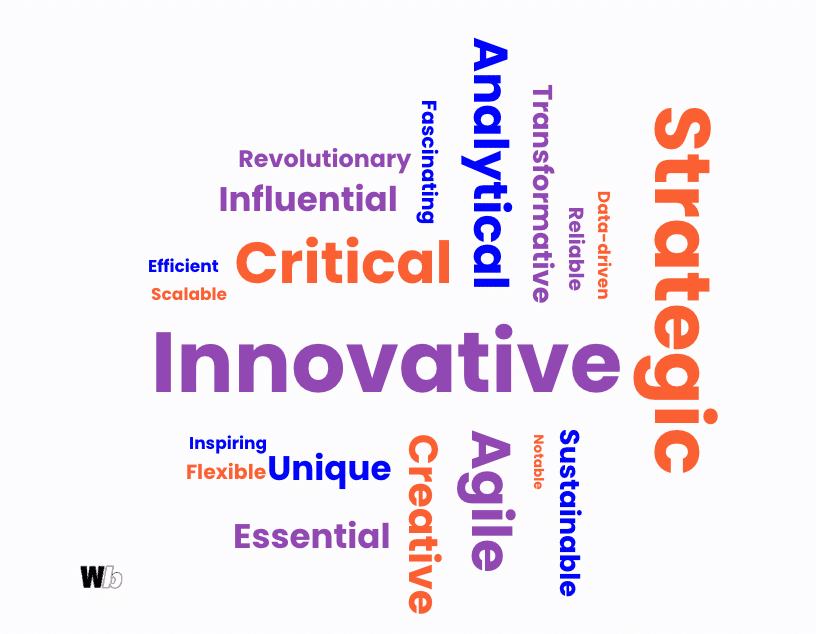Table of Contents
- Home
- »
- Content Marketing
- »
- 12 proven tips to make headlines more compelling
-
Anna Louise
- 9 minutes read time
12 proven tips to make headlines more compelling
- Home
- »
- Content Marketing
- »
- 12 proven tips to make headlines more compelling
12 proven tips to make headlines more compelling
Table of Contents

What can you do to make headlines more compelling? That’s something you’ve probably thought about several times.
Crafting a compelling headline is an art, honed by understanding its pivotal role in content marketing. A powerful headline acts as the initial contact point with your audience, setting the tone and expectation for the content that follows. Its effectiveness lies in both attracting attention and accurately conveying the essence of the material to come.
A well-crafted title can make the difference between your target audience engaging with or overlooking your content. This ultimate guide aims to equip you with practical strategies to enhance your headlines, ensuring they not only grab notice but also maintain the integrity of your content. What can you do to make a headline more compelling? Read on to find out.
TL;DR
- Use of numbers: Headlines with numbers, like “5 steps to improve writing,” offer clarity and a structured approach.
- Questions: Questions such as “Are you making these SEO mistakes?” engage readers by prompting curiosity.
- Clarity: Clear, straightforward headlines like “Effective gardening techniques” directly communicate content themes.
- Power words: Adding adjectives like “innovative” or “strategic” enhances appeal but should align with content.
- Urgency: Phrases like “Limited time offer” create urgency, encouraging immediate engagement.
- Educational headings: These headlines offer practical advice, effective for instructional content.
- Specificity: Specific headlines, like “10 strategies to boost Instagram engagement,” directly address reader interests.
- Solutions: Headlines promising solutions, e.g., “Solve sleep problems with these techniques,” tap into improvement desires.
- SEO: Including relevant keywords boosts online visibility.
- A/B testing: Testing different headlines helps identify what resonates with audiences.
- Negative angles: Using negatives, like “Mistakes to avoid,” creates caution but should be constructive.
- Uniqueness: Headlines offering unique insights, like “Secrets of effective networking,” pique interest and add value.
Why compelling headlines matter
Compelling headlines are all about making a meaningful first impression. When it comes to content marketing, headlines determine whether the rest of the content will be read or passed over. They serve a dual purpose: to quickly inform readers about the content and to entice them into reading more.
Consider headlines as the deciding factor in a split-second choice. With the overwhelming volume of content available, a headline that doesn’t immediately capture interest often results in lost opportunities for engagement. Inspiring headlines promise value—sparking curiosity or offering solutions—all while setting the stage for the following content.
Furthermore, headlines play a critical role in amplifying your content’s reach. They must be optimized not only for human readers but also for search engines. This dual focus ensures that your content ranks well in search results, reaching a broader audience.
The cornerstone of skimmable content
Readers need to grasp the essence of your content quickly. Considering the average person’s attention span, you have very little time to win the reader’s attention—and headlines are where they begin. It’s crucial not to lose them at that very first step.
The essentials of writing headlines include:
Immediate engagement
Catchy headlines can spark interest in a brief moment. Use powerful words and craft headlines with the modern user’s attention span in mind.
Clarity and relevance
Avoid confusing headlines by reflecting the content’s purpose without the overuse of jargon and technical terms. Remember, simple words can make a powerful headline.
The value proposition for potential customers
When writing compelling headlines, convey the benefit of reading further to potential customers, and you’ll see better conversion rates.
Consider search engines: Leverage SEO optimization
Enhance discoverability through targeted keyword research, and steer clear of keyword stuffing.
Brand alignment in headline writing
Reflect on your brand’s tone and message by incorporating them into better headlines that speak to your target audience, and let them know that a relevant blog post is on its way.
Each of these elements contributes to the overarching goal of compelling headlines: to transform passive scrollers into active readers and to elevate your content’s visibility and impact.
What can you do to make headlines more compelling?
You can make your headlines more compelling by following the 12 targeted strategies and writing tips we’ll talk about here. These methods are rooted in proven marketing principles and practical experience. Each one offers a distinct approach to refining your headlines, ensuring they not only capture recognition but also effectively communicate your content’s wider ideas.
1. Use numbers when writing headlines
Integrating numbers into your headlines offers a quantifiable promise to your readers. It’s a technique that taps into our natural curiosity and desire for organization. For instance, “5 steps to improve your writing” immediately suggests a manageable, structured style to the reader.

Source: Men’s Health
Numbers convey concreteness and specificity, making the promise of the content more tangible. This method is particularly effective in how-to guides, listicles, and articles offering tips, as it sets clear expectations for the reader about the content’s layout and depth. It also simplifies the decision-making process for the reader, offering a straightforward preview of what the article entails.
2. Ask questions
Question-based headlines are potent tools for sparking curiosity. When you pose a question, you directly involve the reader, prompting them to think and interact with the topic even before they start reading the content.
Questions such as “Are you making these SEO mistakes?” or “What are the secrets to effective branding?” not only stand out but also create a sense of relevance for the reader. They suggest that the article contains answers or insights the reader is seeking.
This method works because it naturally leads to engagement, encouraging the reader to seek out the answer and enhancing the likelihood of them reading the full content.
3. Be clear and concise
If you’re wondering what you can do to make your headlines more compelling, this might be the best tip yet. Clarity and brevity in headlines is pivotal. A headline should straightforwardly deliver its message. “Effective gardening techniques” immediately tells the reader what to expect. This clarity eliminates confusion and aligns the reader’s expectations with the article’s content.
Breaking down complicated ideas into simple language is key. Avoid using industry jargon or overly complex terms. The aim is to make your headline understandable to a wide audience. Remember, the headline is a bridge connecting the reader to your content. Its job is to be clear and inviting.
4. Use powerful adjectives

Incorporating strong adjectives in headlines can significantly increase their interest. Words like “innovative,” “strategic,” and “critical” immediately add weight and intrigue. For instance, a headline such as “Innovative marketing strategies for 2023” instantly becomes more appealing.
These adjectives serve as a hook, drawing the reader in by promising them something beyond the ordinary. However, it’s important to use these adjectives sparingly. They should match the tone and content of the article, enhancing the headline without misleading the reader.
The right adjective can turn an ordinary headline into a compelling one, encouraging readers and your target audience to dive into the content and, in turn, become loyal followers of your blog and brand.
5. Create a sense of urgency when you write headlines
Headlines that create a sense of urgency compel the reader to act immediately. Phrases like “Limited time offer” or “Act now” signal that the opportunity is fleeting. This technique plays on the fear of missing out (FOMO), a powerful motivator in decision-making.
Additionally, headlines that imply a fleeting opportunity or a critical update can be particularly effective. For example, “Last chance to grab this offer!” or “Breaking: Major policy change announced” both suggest that the content is not only timely but also of immediate consequence.
The key lies in creating a balance between creating a sense of urgency and maintaining authenticity, ensuring that the headline accurately reflects the content’s significance and immediacy. This approach not only draws readers in but also encourages quick action or response, making it a valuable technique in news, marketing, and informative content.
It’s important to be genuine because false urgency can erode trust. Make sure that your content delivers on the headline’s promise. This technique works best when there is a real-time element involved, such as a limited offer, an event, or a trend.
6. Use a “How to”-style heading for your blog post
“How to” headlines are incredibly helpful for instructional or informative content. They promise practical advice or solutions. For example, “How to maximize your retirement savings” directly addresses a common concern with a promise of guidance.
This format is clear and to the point, immediately telling the reader what to expect. It works well because it implies that the article will provide a structured, step-by-step way to achieve a certain goal.
Incorporating phrases like “101” and “Complete/Beginner’s guide” in headlines is also an effective strategy for educational articles. These terms signal to the reader that the content is accessible and designed for beginners, offering reassurance that the information will be presented in an easy-to-understand manner.
Remember to align the “How to” with your audience’s interests or needs. This guarantees the content is relevant and valuable to them.
7. Be specific when you create headlines
Specificity in headlines can greatly enhance their appeal. A headline like “10 strategies to boost Instagram engagement” is more compelling than a vague one like “Improve social media presence.”
Specific headlines set clear expectations, letting the reader know exactly what information the article will provide. This clarity helps in attracting an audience genuinely interested in the content.
Ultra-specific headlines also tend to be more relatable. They speak directly to the reader’s needs or interests, making the content feel tailored and relevant. When you write, think about the precise value or the most important information your article offers and reflect that in your headline.
8. Promise a solution will follow in the blog post
Headlines that promise a solution to a problem can be highly effective. For example, “Solve your sleep problems with these 5 techniques” directly addresses a common issue while promising help. This type of headline is compelling because it taps into the reader’s desire for improvement or relief.

Source: CNBC
To promise a solution, the headline must align with the content’s core message. It should accurately reflect the article’s intent to resolve a specific issue or provide guidance. Misleading headlines can harm credibility. Ensure that your content fulfills the promise made in the headline, providing real, actionable solutions.
9. Use keywords
Incorporating SEO-friendly keywords in headlines is essential for digital content. A headline like “Beginner’s guide to SEO optimization” not only informs the reader about the content but also enhances online visibility. Keywords help in ranking your content higher on search engine results pages, making it more accessible to a wider audience.
When selecting keywords, focus on relevancy and search volume. The keyword should accurately represent the article’s subject matter. However, avoid keyword stuffing—the headline should still read naturally and appeal to human readers.
10. Test different headlines for your target audience
A/B testing headlines can reveal what resonates best with your audience. This involves creating two versions of a headline for the same content and seeing which performs better in terms of click-through rates, engagement, and other metrics.
This testing can uncover subtle preferences in wording, length, or style that make a significant difference in audience response. Regular testing and analysis can guide your headline strategy, making it more successful over time. Remember to change only one element at a time for accurate results.
11. Leverage negativities
Using negatives in headlines is a clever way to garner attention. A title such as “Top 10 marketing mistakes to avoid” immediately stands out because it taps into a common fear of making mistakes. This can be particularly impactful because it creates a sense of caution and urgency, prompting readers to discover what they should avoid.
However, it’s important to balance the negative angle with constructive content. The goal is to not only highlight what not to do but also to offer positive alternatives or solutions. This way, the article provides value and doesn’t leave the reader with a sense of dread or hopelessness.
Employing negatives can also be an opportunity to debunk myths or clarify misconceptions in your field. A headline that addresses common misunderstandings can draw in readers looking for clarity and truth.
Overall, while leveraging negatives can be a strong strategy to prompt interest, it should be used judiciously and always paired with helpful, informative content.
12. Offer a unique rationale
Providing a unique rationale in your headline sets your content apart from the rest. It’s about offering a distinct reason why your article is worth the reader’s time. Something like “Discover secrets of effective networking that no one talks about” suggests exclusive, valuable information.
This angle works by piquing curiosity and offering something beyond the usual. It tells the reader that your content has uncommon information not readily available elsewhere.
When crafting such headlines, focus on what makes your content different. Whether it’s an unusual perspective, little-known facts, or exclusive research, highlight these elements. This strategy attracts the reader and positions your content as a must-read, enhancing its perceived value.
Putting it all together
In conclusion, crafting compelling headlines is a critical skill in content marketing. Each of the strategies discussed—from using numbers and asking questions to offering unique rationales—serves a specific purpose in engaging the reader.
Remember, a headline is more than just an introduction to your content; it’s an invitation, a promise, and a glimpse into the value your article offers. When you apply these techniques thoughtfully, you can significantly improve the reach of your content.
As you continue to refine your headline-writing skills, remember the goal is always to connect genuinely with your audience. Wordbrew’s hybrid creation platform can help you create content that wins the reader over from the get-go. Contact us today to find out how.